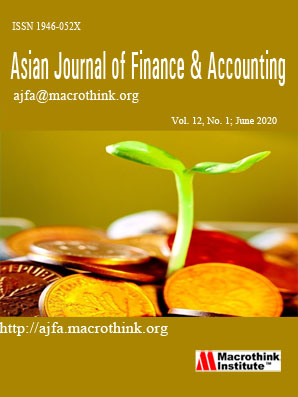Benchmarking the First Year Accounting Unit: Evidence from Australia
Abstract
This paper compares some key organisational attributes of three accounting schools located at Australian universities. In addition, the content, structure and presentation of the first-year accounting unit is examined with a view to identifying best practices. Three Australian universities – one each from Western Australia, Victoria and New South Wales collaborated on this project. The heads of the respective schools supplied relevant data for school comparison purposes and a workshop meeting between the first year accounting unit co-ordinators provided data for a content analysis of their subject guides. The three schools had similar issues to manage. They include an aging staff profile, high use of casual academic staff and large student numbers across different campuses. Unsurprisingly, given the need for accreditation from professional accounting bodies, the content of the courses was very similar. However, there were significant differences in delivery and assessment, with potential implications for subject quality and resource use. The size and characteristics of the three universities investigated for this project do not reflect the profile of all accounting schools in Australia. The results of this benchmarking comparison has prompted managers to be aware of several critical issues identified to take appropriate action to remedy them. The authors are unaware of any previous benchmarking study comparing accounting schools at Australian universities and the findings can lead to better teaching and learning outcomes for first year accounting students.
Keywords: Benchmarking, Universities, Accounting courses
JEL classifications: M41, M40 and M49
Submission of an article implies that the work described has not been published previously (except in the form of an abstract or as part of a published lecture or academic thesis), that it is not under consideration for publication elsewhere, that its publication is approved by all authors and tacitly or explicitly by the responsible authorities where the work was carried out, and that, if accepted, will not be published elsewhere in the same form, in English or in any other language, without the written consent of the Publisher. The Editors reserve the right to edit or otherwise alter all contributions, but authors will receive proofs for approval before publication.
Copyrights for articles published in MTI journals are retained by the authors, with first publication rights granted to the journal. The journal/publisher is not responsible for subsequent uses of the work. It is the author's responsibility to bring an infringement action if so desired by the author.








